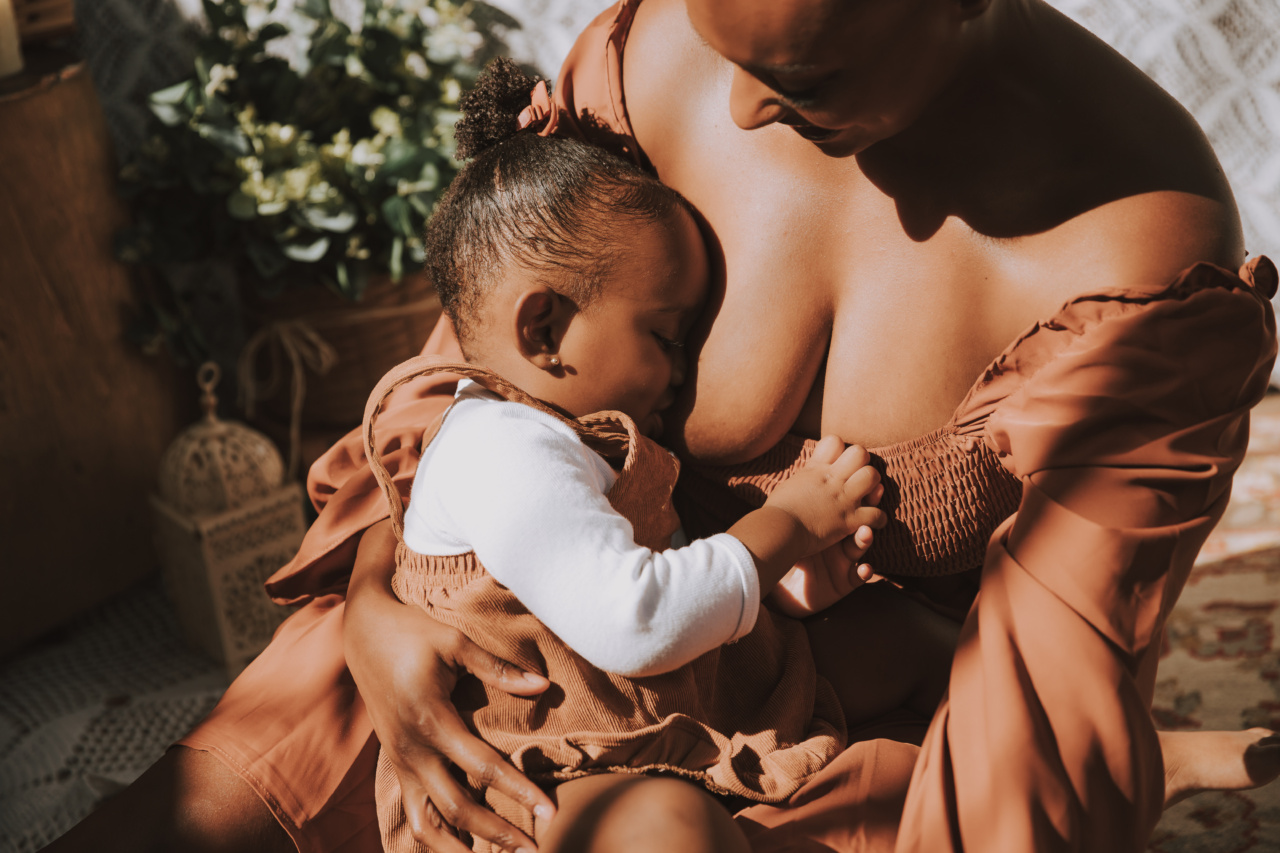Every breastfeeding mother can have some encounters with Mastitis, which is nothing but inflammation of mammary tissue which causes milk stasis, pain, and sometimes an infection.
Mastitis is mainly caused by poor milk drainage which can further lead to inflammation and lump formation.
: Understanding Mastitis Symptoms
The first sign of mastitis is inflammation which usually makes the skin red and hot to touch. Affected breasts feel tender and sore, and fever may accompany the condition.
It is crucial to get the symptoms right to avoid medical condition and seek medical attention if symptoms are severe and long-lasting. Symptoms of Mastitis are:.
- Breast Soreness
- Breast Swelling
- Breast Tenderness
- Breast Redness
- Breast Hardness
- Breast Engorgement
- Fever
- Fatigue
- Body Aches and Pain
: Prevention of Mastitis
Mastitis can be prevented by following the below-mentioned steps:.
- Frequent, thorough emptying of the breast is crucial. Withholding milk for any length of time can cause breast milk stasis and lead to Mastitis.
- Make sure to provide proper support and correct latch technique while breastfeeding.
- If a baby sleeps for long hours, use a breast pump to empty the full breast.
- Wear comfortable clothes and bras which allow proper airflow to avoid any blockages.
- Don’t put any pressure on the breast, such as tight clothes, pressure from sleeping position, bags, or purse straps.
- Keep the breast clean and dry, avoid using perfumes, etc. on the breast.
- If symptoms persist, talk to your doctor and ask for expert feedback.
: Treatment of Mastitis
A woman suffering from Mastitis can treat it at home or with medical attention from a doctor.
: Home Treatments
Mastitis can be treated at home with the following remedies:.
- Warm compress or raw cabbage leave application on the breast for 15 to 20 minutes, three times, a day.
- Drink plenty of fluids to remain hydrated.
- Keep the affected breast lightly elevated to decrease swelling.
- Empty the affected breast regularly, such as through nursing.
- Massage the breast gently to increase blood circulation.
- Taking over-the-counter (OTC) pain relievers such as Ibuprofen to reduce pain and inflammation.
- Take rest, take of your emotional and physical health, avoid stress.
: Medical Treatment
For severe cases, doctor-prescribed antibiotics are recommended to treat Mastitis. Breastfeeding should be continued through the use of an alternate unaffected breast.
h2>Conclusion:Though Mastitis can be challenging, it is treatable. By following few preventive measures and early diagnosis, it can be easily managed. If you experience any symptoms of Mastitis, seek medical attention immediately to avoid any complications.






























